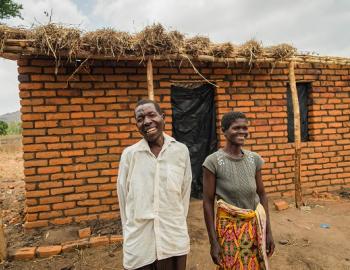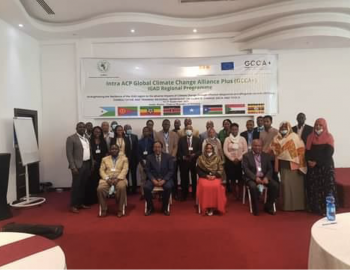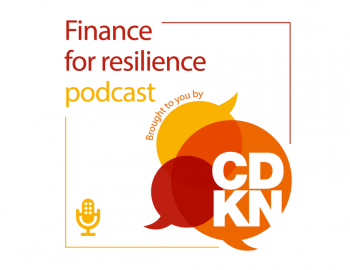Inside story : Integrating urban agriculture and forestry into climate change action plans: Lessons from Sri Lanka
Inside story : Integrating urban agriculture and forestry into climate change action plans: Lessons from Sri Lanka
The Western Province in Sri Lanka is the most urbanised province in the country. Rapid urban growth has posed a number of problems. Ever-increasing vehicle traffic and commercial industries have contributed to increased environmental and air pollution. Food and construction are two major sources of greenhouse gas emissions, including those generated through transport. Large areas of agricultural lands have been converted for residential and commercial land uses, significantly altering natural water flows and drainage. This, coupled with an increase in average rainfall as well as heavy rainfall events, has resulted in recurrent flooding and related damages to infrastructure, utility supply and the urban economy.
This CDKN case study, Integrating urban agriculture and forestry into climate change action plans – Lessons from Sri Lanka by Marielle Dubbeling of RUAF Foundation, illustrates how the Western Province is promoting urban and peri-urban agriculture and forestry as a strategy to reduce vulnerability to climate change, while at the same time enhancing urban liveability and livelihoods.
Key messages of the study are:
- The Western Province in Sri Lanka is the first provincial government in the country to include urban and peri-urban agriculture and forestry in its climate change adaptation action strategy.
- The province is promoting the rehabilitation of flood zones through their productive use as a strategy to improve storm water infiltration and mitigate flood risks.
- It also supports local agriculture to reduce dependency on imports, to lower greenhouse gas emissions and energy requirements for food production, transport and storage, and to improve food security and livelihoods.
- Future upscaling of these interventions will need new urban design concepts and the development of a provincial climate change action plan, in parallel with a revision of local and national policies.
- Achieving this progress on policy will require improved impact monitoring and awareness raising at all levels of government, partnership and capacity building and local financing.
Download the full case study: Integrating urban agriculture and forestry into climate change action plans – Lessons from Sri Lanka.
This report is one of CDKN’s Inside stories on climate compatible development.
It was produced by CDKN’s project partners as part of the CDKN-ICLEI project on Subnational climate compatible development: learning from CDKN’s experience.
Image: Kesbewa, courtesy RUAF Foundation.



